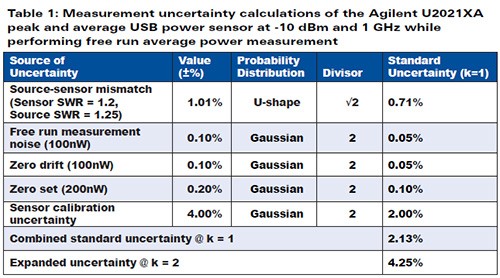Time of uncertainties
Post on: 14 Июнь, 2015 No Comment

A broad-based equity portfolio now makes more sense than, either debt or commodity baskets.
At certain points in the business cycle all the possible investment options are likely to yield decent returns. Whatever you put your money on at such a moment is likely to make you look like an investment guru.
This sort of sweet spot usually occurs at the fag-end of a recession or early into a cyclical recovery. At that point, weaker businesses have been driven into liquidation and the stronger ones are low-priced and under-valued. Interest rates are low and commodity prices are also low. Such situations can last for a surprisingly long time. For example, in the Indian context, debt, equity and commodities all offered excellent opportunities through 2003-2006, even though the recession had ended by mid-2004.
The reverse of this situation occurs at the top of a business cycle around the time when things start to go sour. At that point, either demand starts getting choked off because prices are too high or inflation rises due to the economy being worked at full capacity. So growth stagnates, interest rates are high, equity is over-priced, commodities are bubbly. Anything you buy near the top of a cycle will probably lose value. The best you can do in such situations is minimise capital loss.
Most of the time however, assets don’t march in tandem. In the middle of a cycle, whether it’s up or down, some assets will be out-performing the overall trend and others will be under-performing. This seems to be one of those in-between phases where there are quite a few contradictory signals and investment choices are difficult to make.
Consider debt, commodities and equity. First off, debt appears to be a dangerous asset at the moment. Inflation is still rising and there is increasing political compulsion for the government to be seen to be doing something about it. That something is likely to be a series of rate hikes over the next 6-12 months. Therefore, getting locked into long-term debt at this moment would be a losing strategy. Short-term debt is possible but money market funds, etc, will offer meagre returns.
The commodity cycle is puzzling consider a basic set like non-precious metals, energy and cement. Crude is ruling pretty high (one reason why inflation is difficult to tame). Cement is one commodity that is not really linked to overseas prices because it doesn’t transport well. But India is in an over-supply situation.
Metals. which are strongly driven by global events, have seen some revival due to hopes of stronger Chinese consumption in the near future. But the latest data from the PRC suggests that domestic consumption there is likely to flatten. It remains to be seen how reliable the Chinese Purchase Managers Index is — the PMI is a reliable lead indicator of domestic consumption in most advanced economies. If Chinese domestic consumption does top out, there could be a serious downside in metals.
That leaves equity. Growth across various sectors appears to be a given for India’s domestic economy. Exports jumped 35 per cent in May but that was off a low base. Given uncertainties in Europe, and a rupee that has strengthened about 15 per cent against the Euro, the export growth trend may be unsustainable. America is also going through another phase of potential bailouts.
Indian domestic consumption seems to be on course. Vehicle sales grew by double-digit percentages in June despite price hikes. Anecdotally most sectors seem optimistic and the Q1, 2010-11 results are expected to show both sequential and year-on-year improvements in terms of both top and bottomlines.
But equity prices have not really gone anywhere since January, when they were in the Nifty 5200 range, which is where they are now. That masks peak of about 5400 and an 11 per cent correction in April-May followed by a quick recovery. This range-trading is despite substantial institutional buying through the past six months.
Specific sectors have seen some positive action. Telecom for instance, and energy more recently due to the partial price-decontrols on APM gas and petrol, diesel. Balanced against that, there’s been nervousness about banks and other financial assets. The primary market has seen muted action with the GoI’s disinvestment programme being pushed through only by institutional subscription.
What does one do? Broad-based equity portfolios are safer than either specifically debt, or commodities baskets. This sort of range-trading pattern can continue indefinitely. But the risks of capital loss in debt funds and commodities are significant. I’d place a higher weight on under-valued companies (low PE, Low price-book value) than on pure growth prospects.














